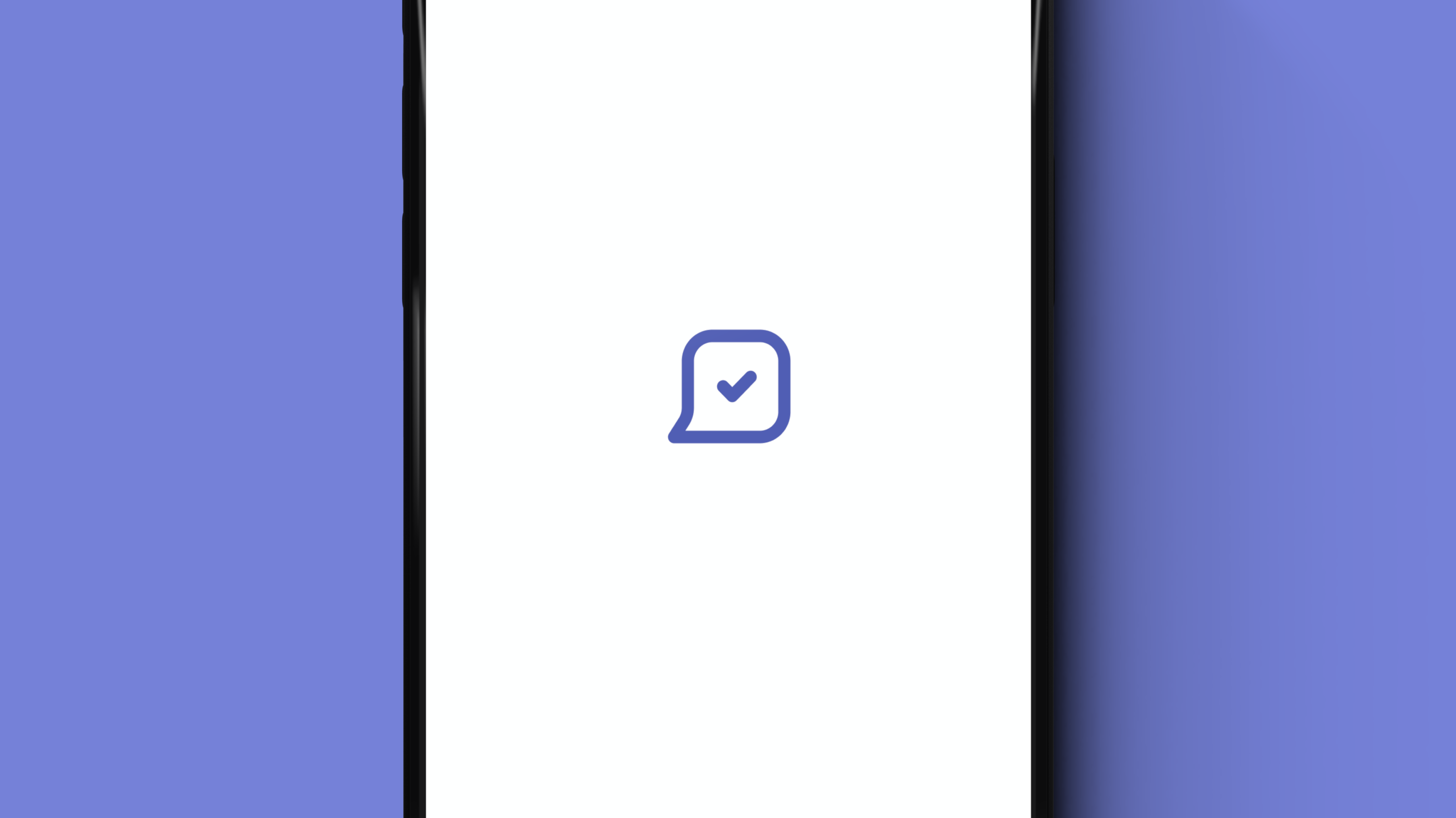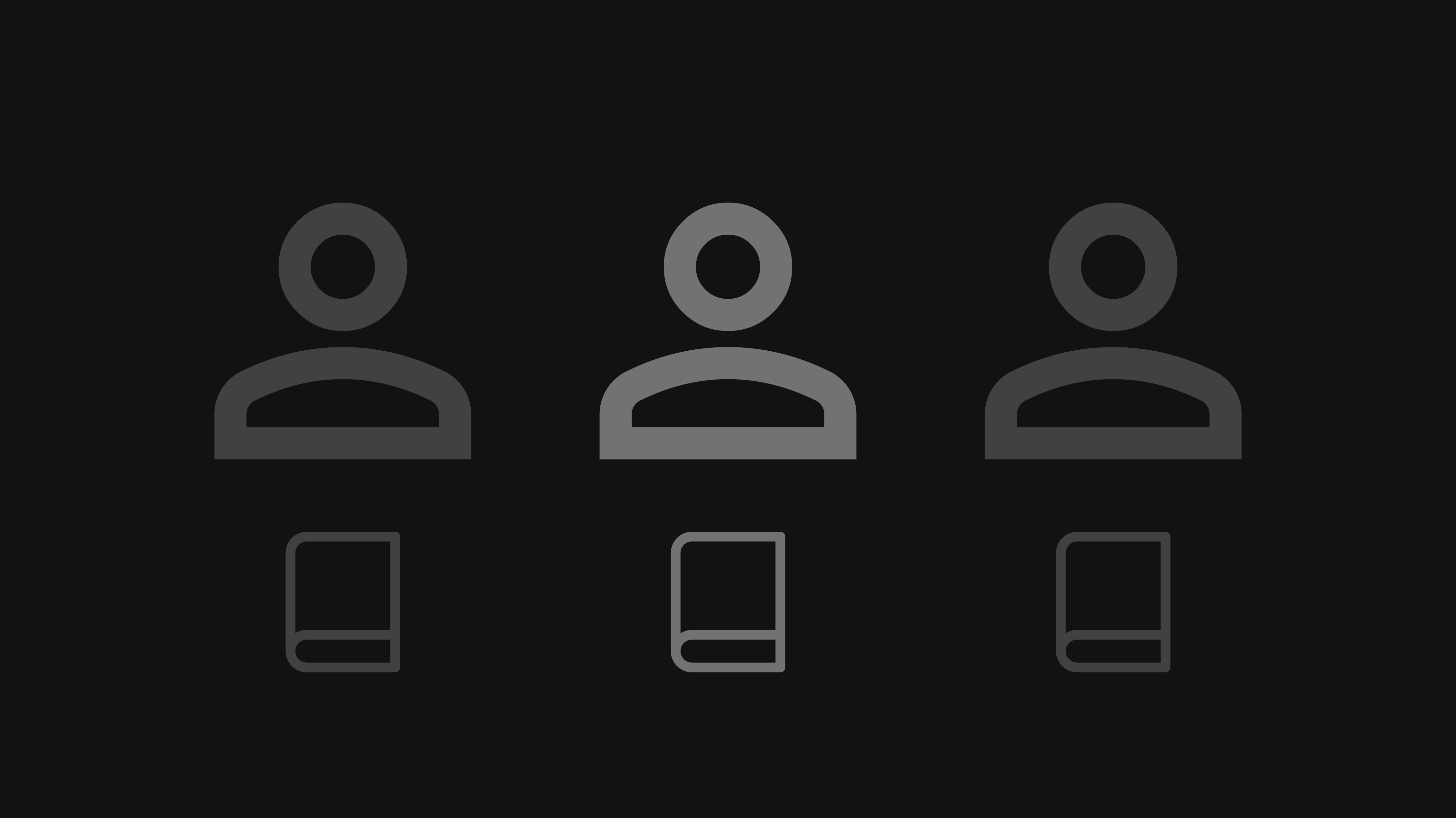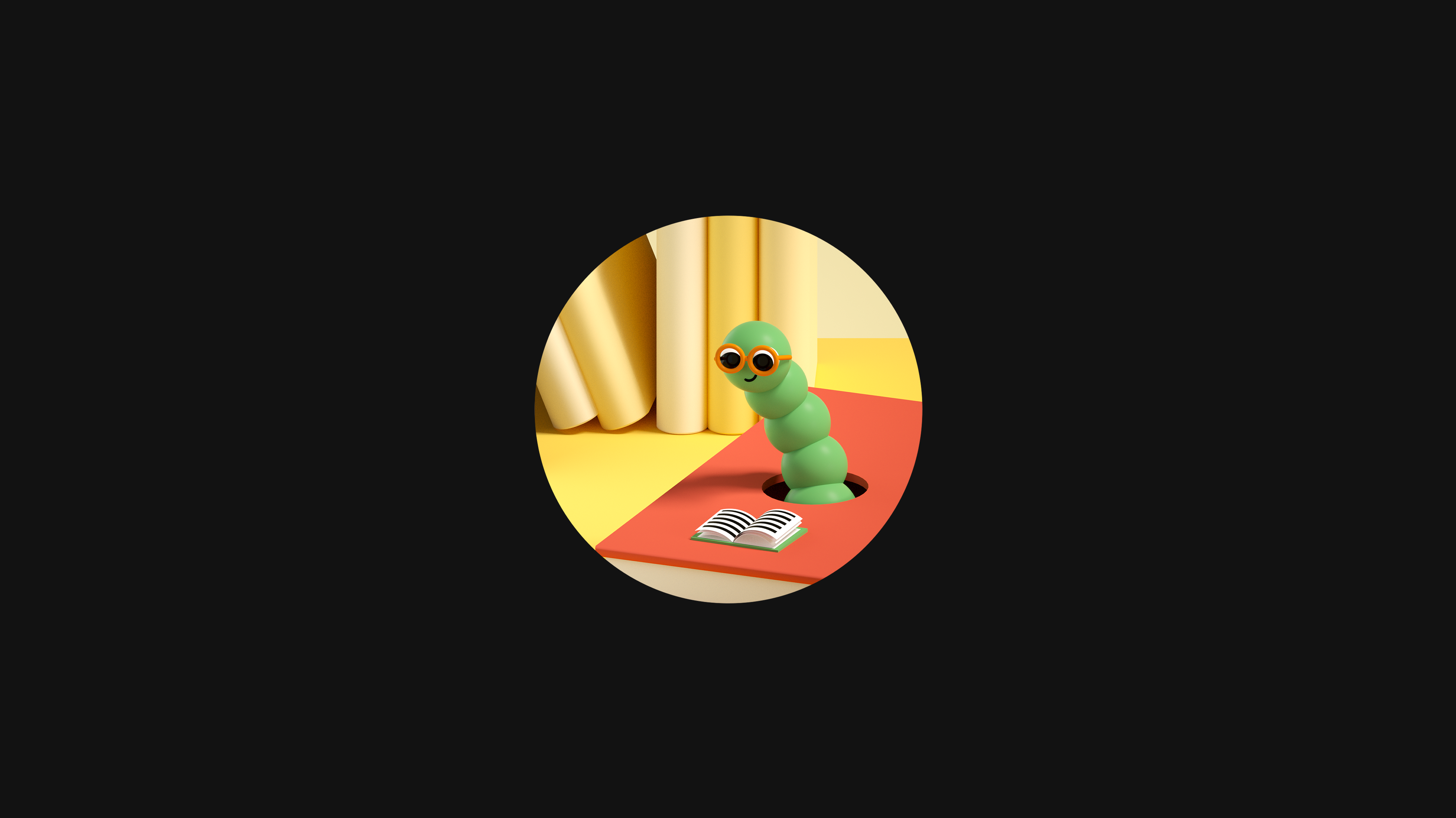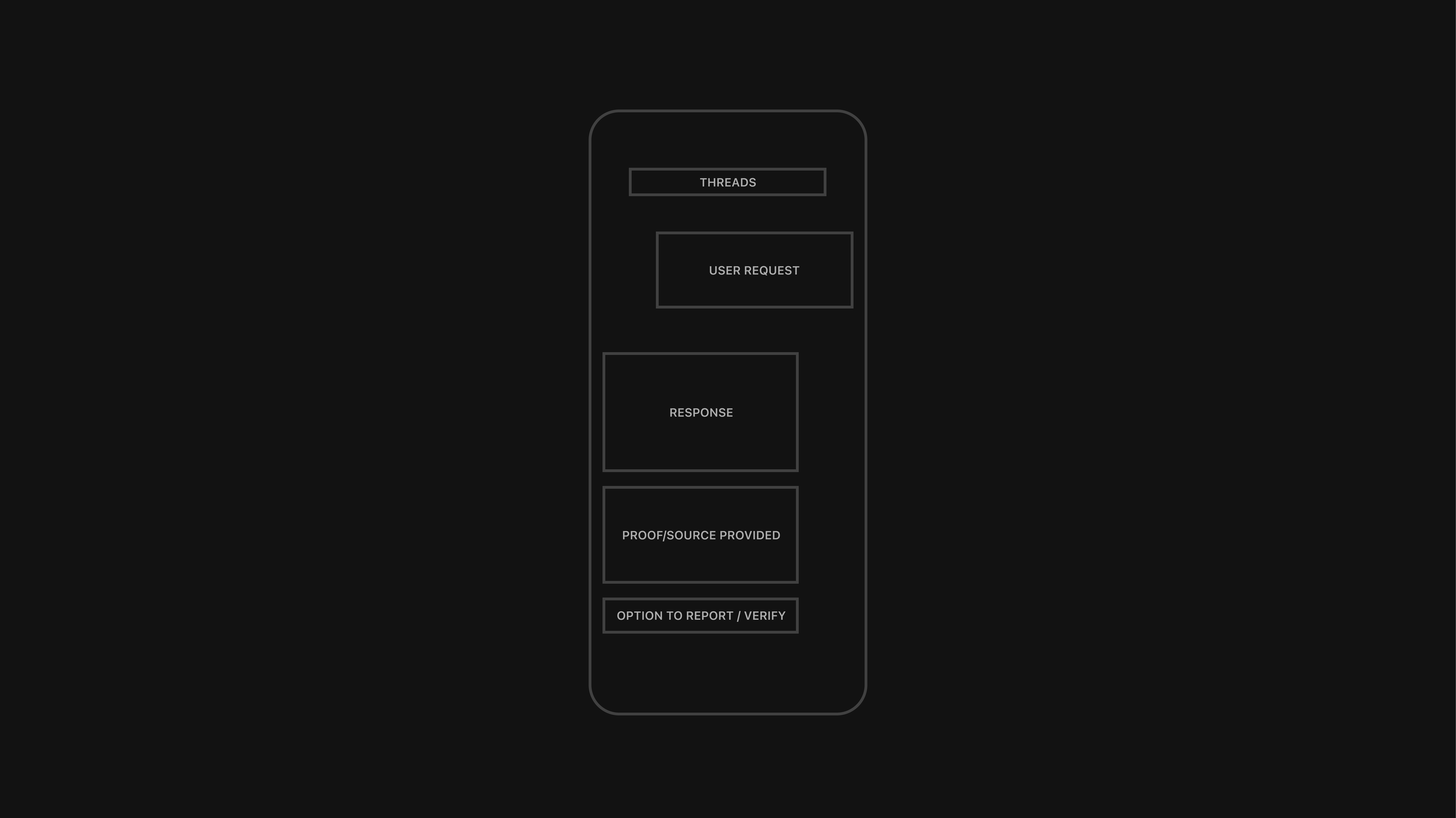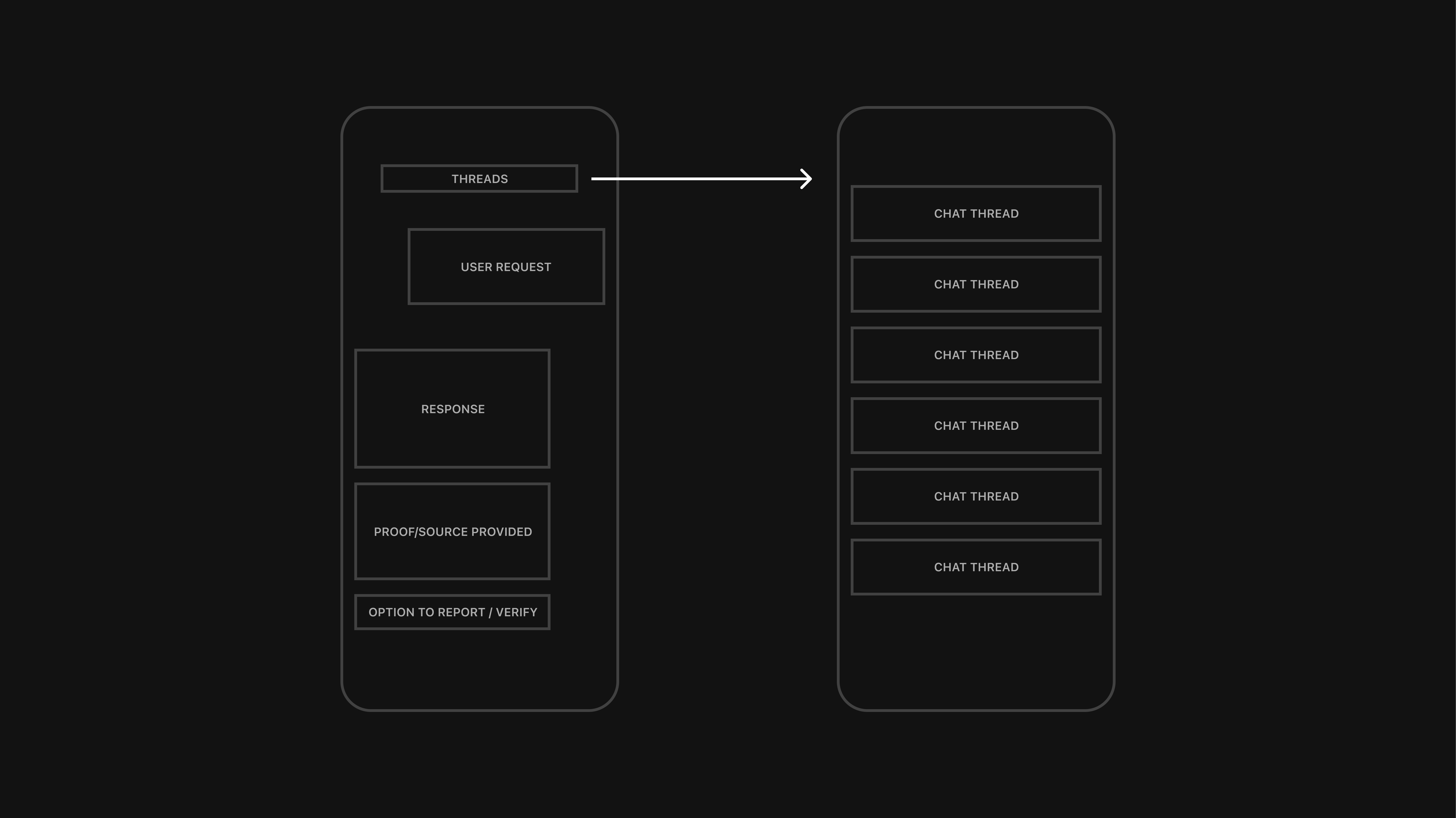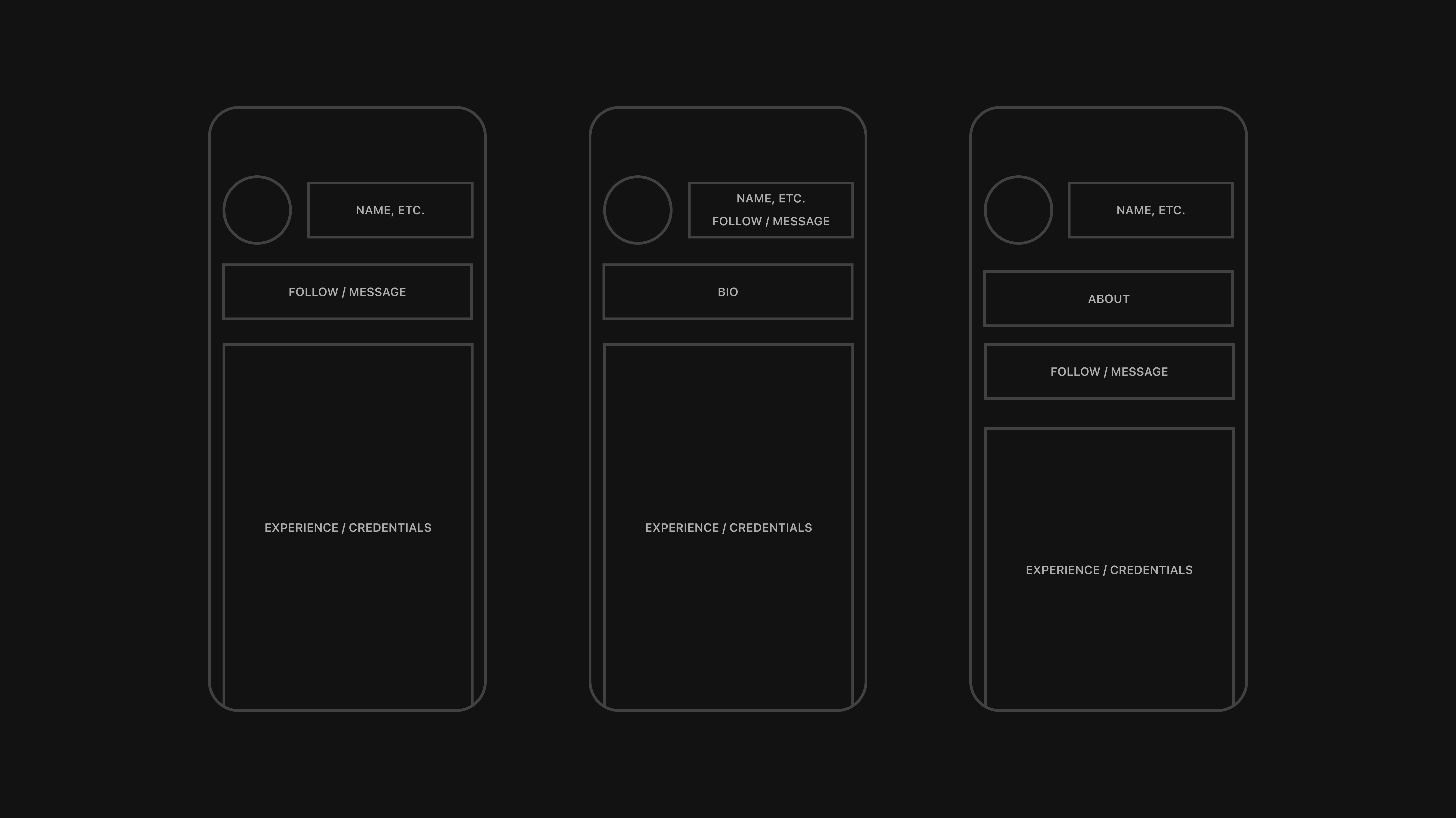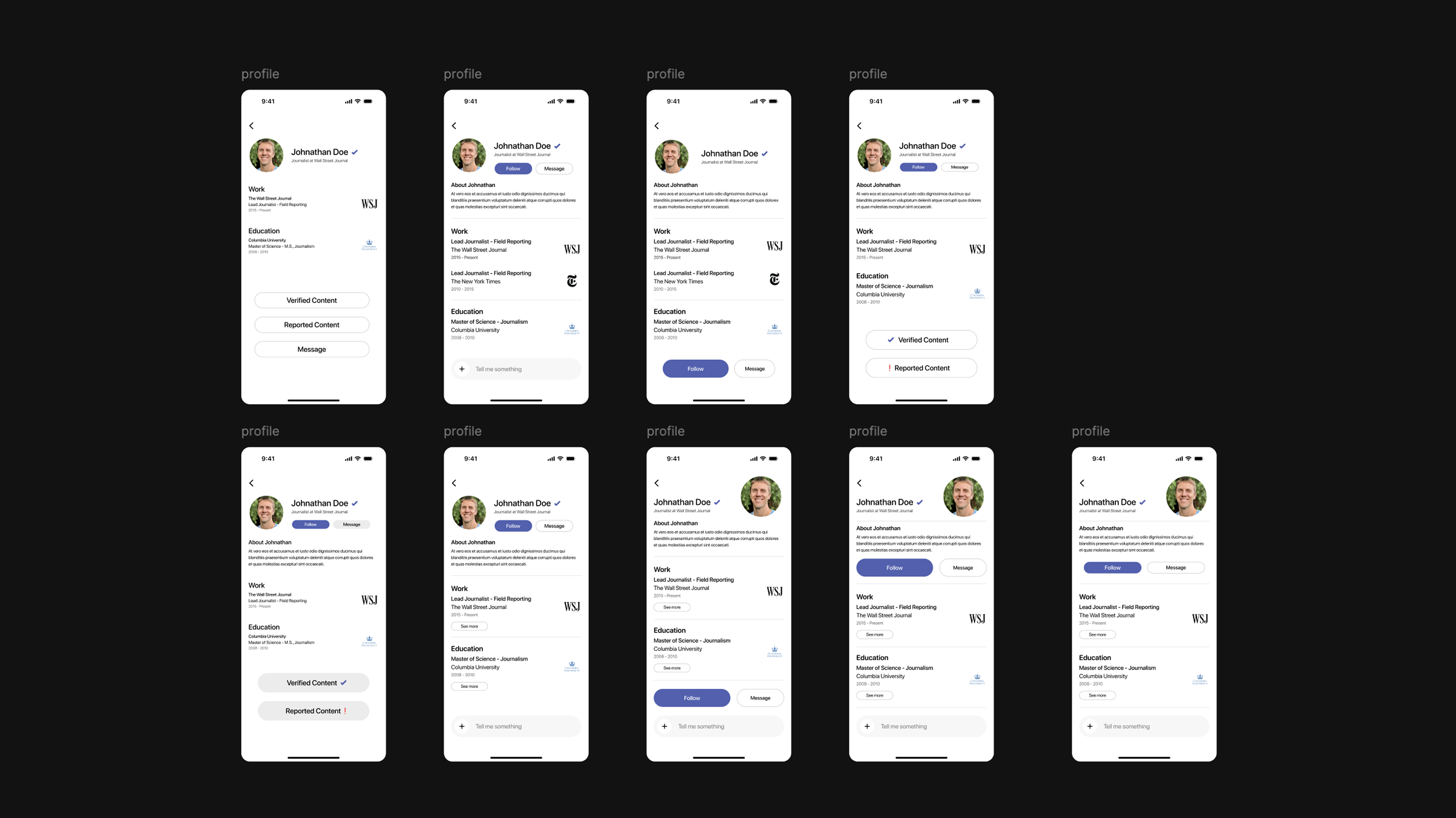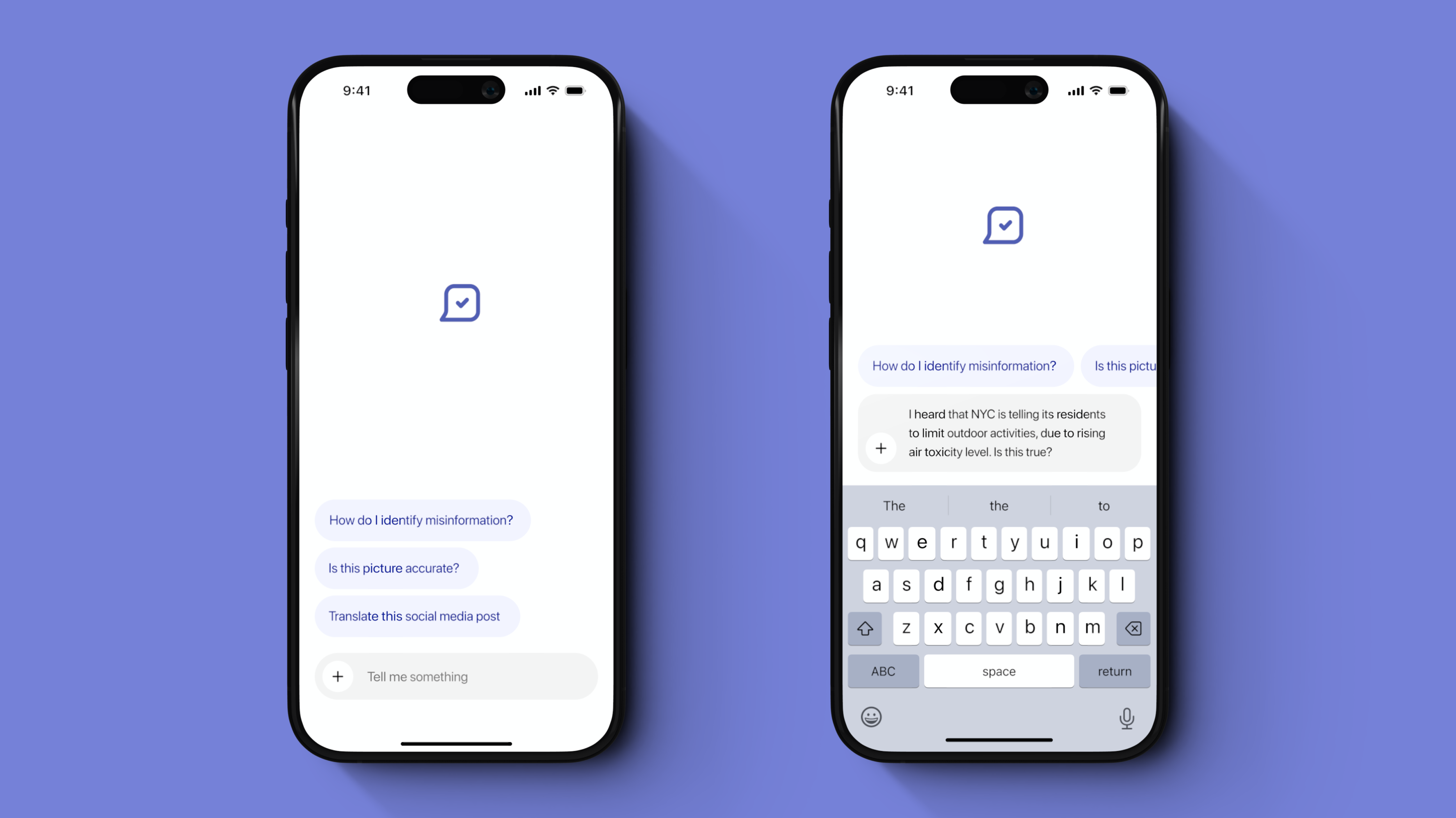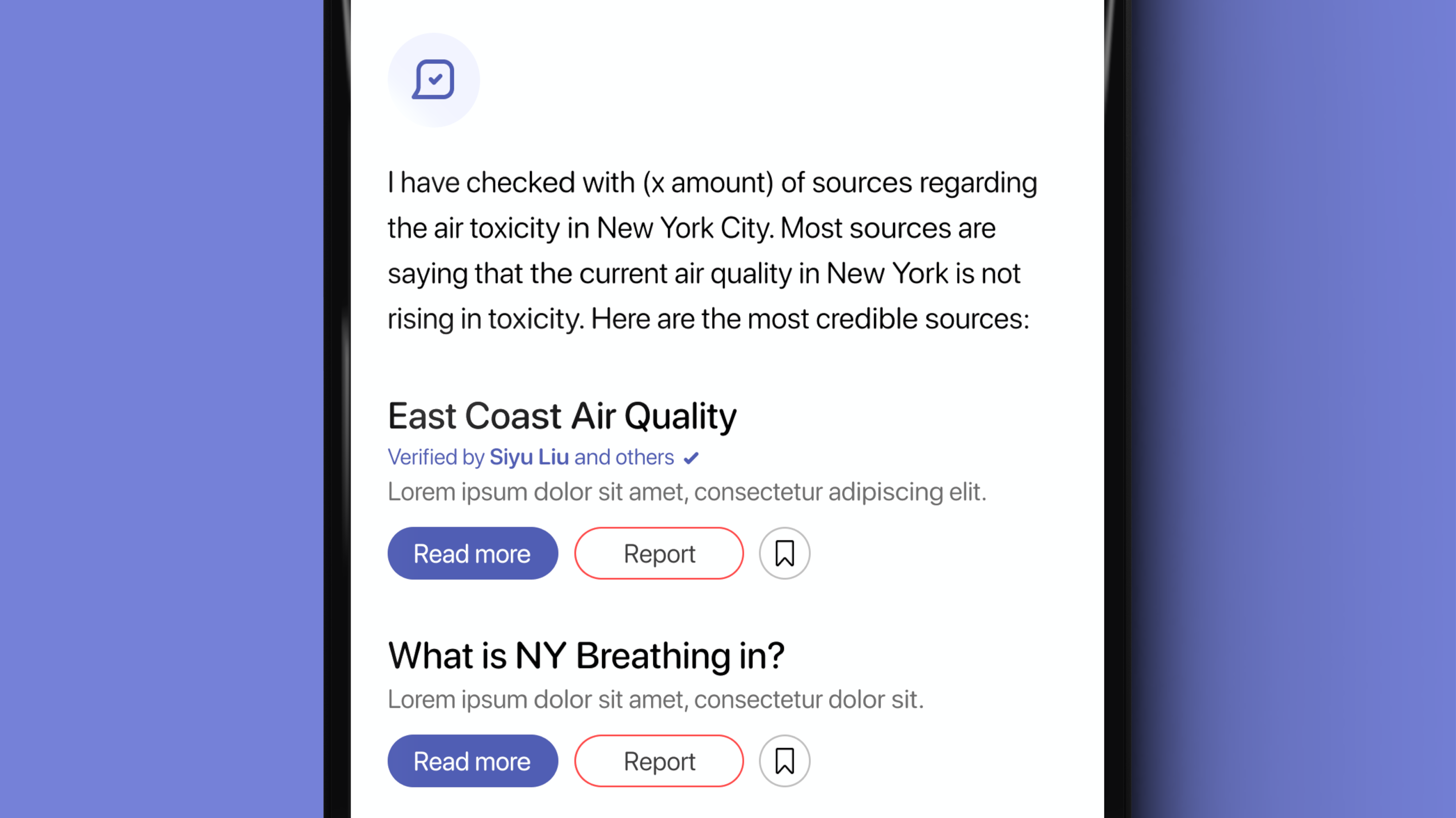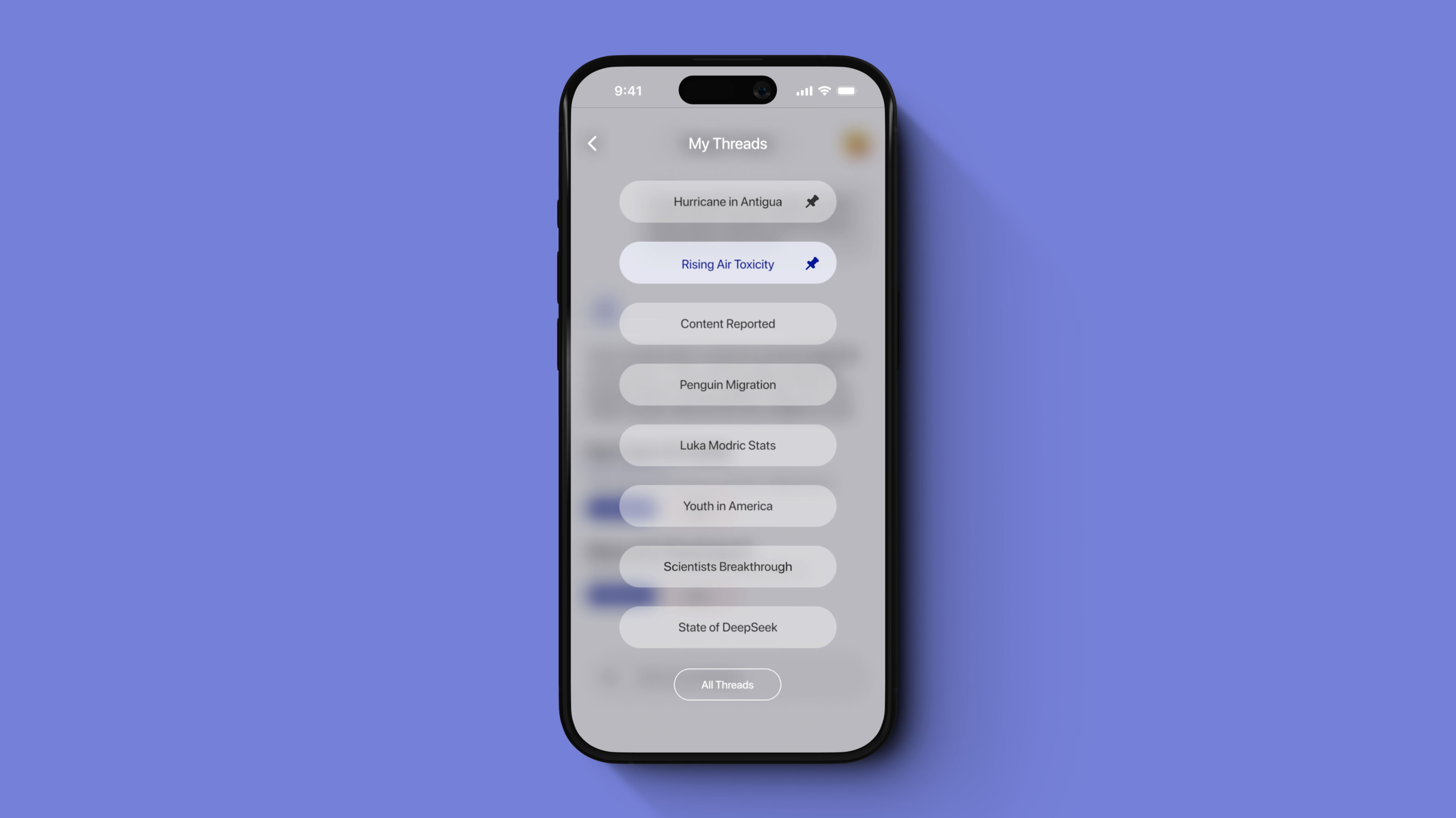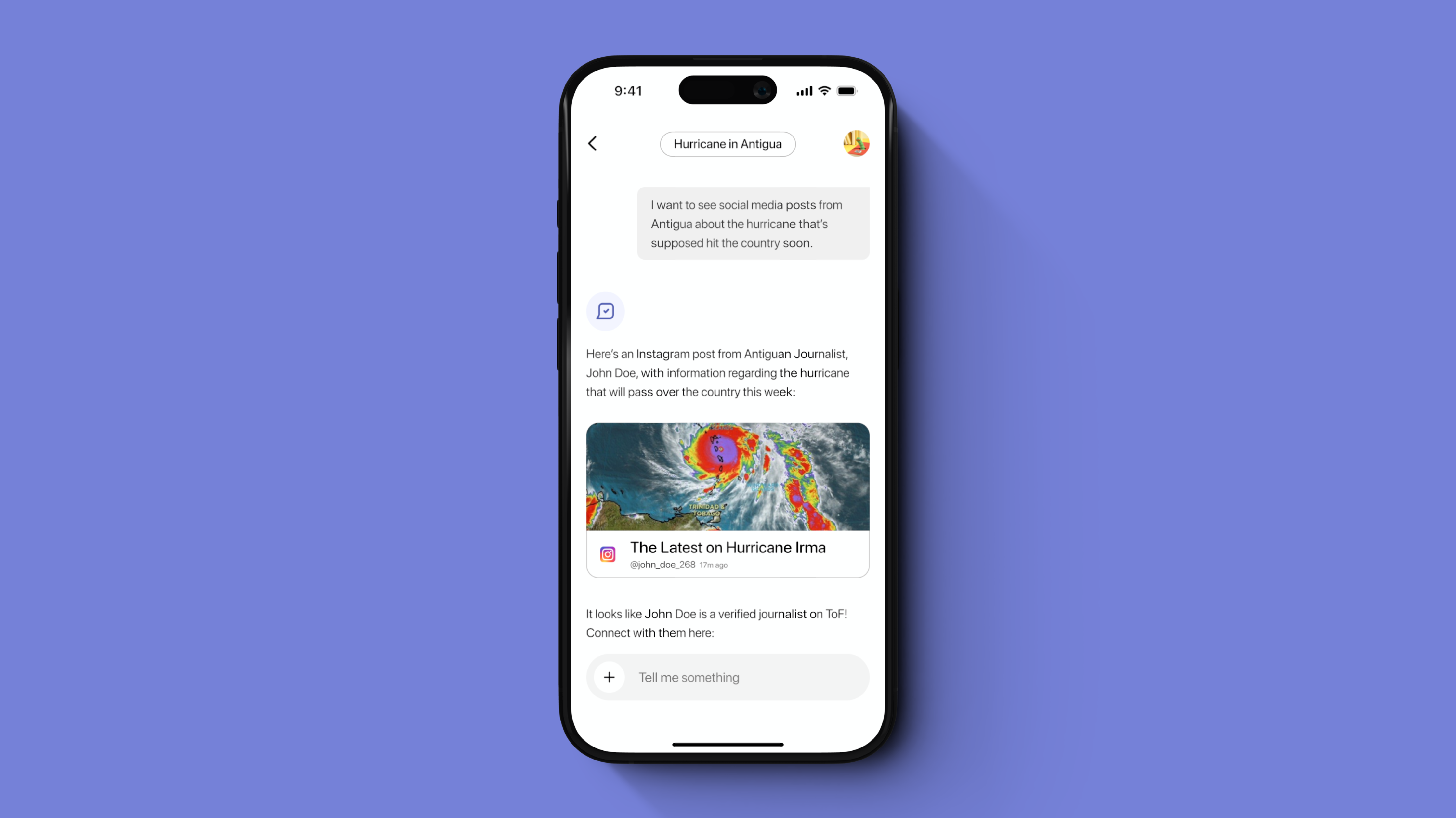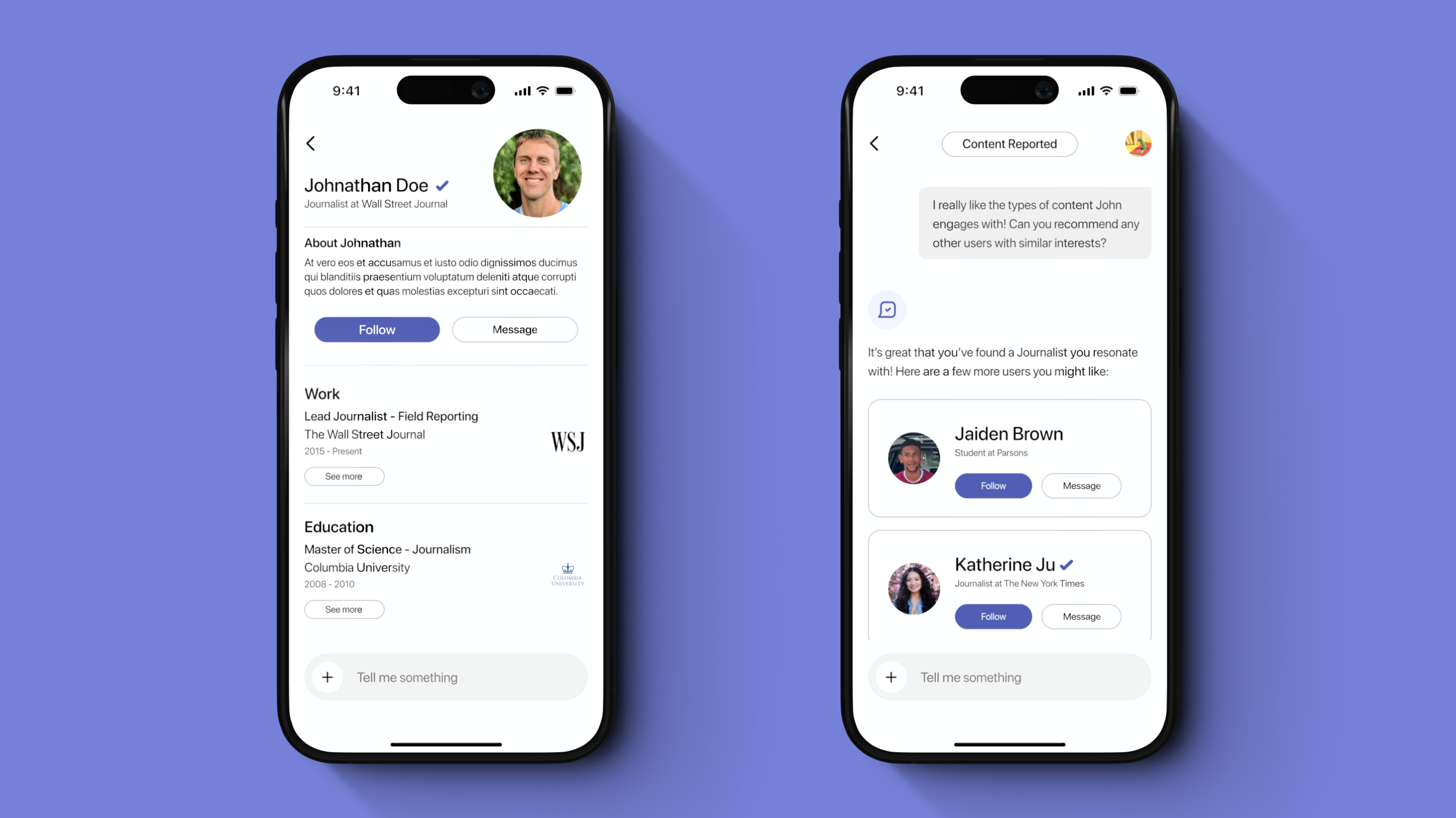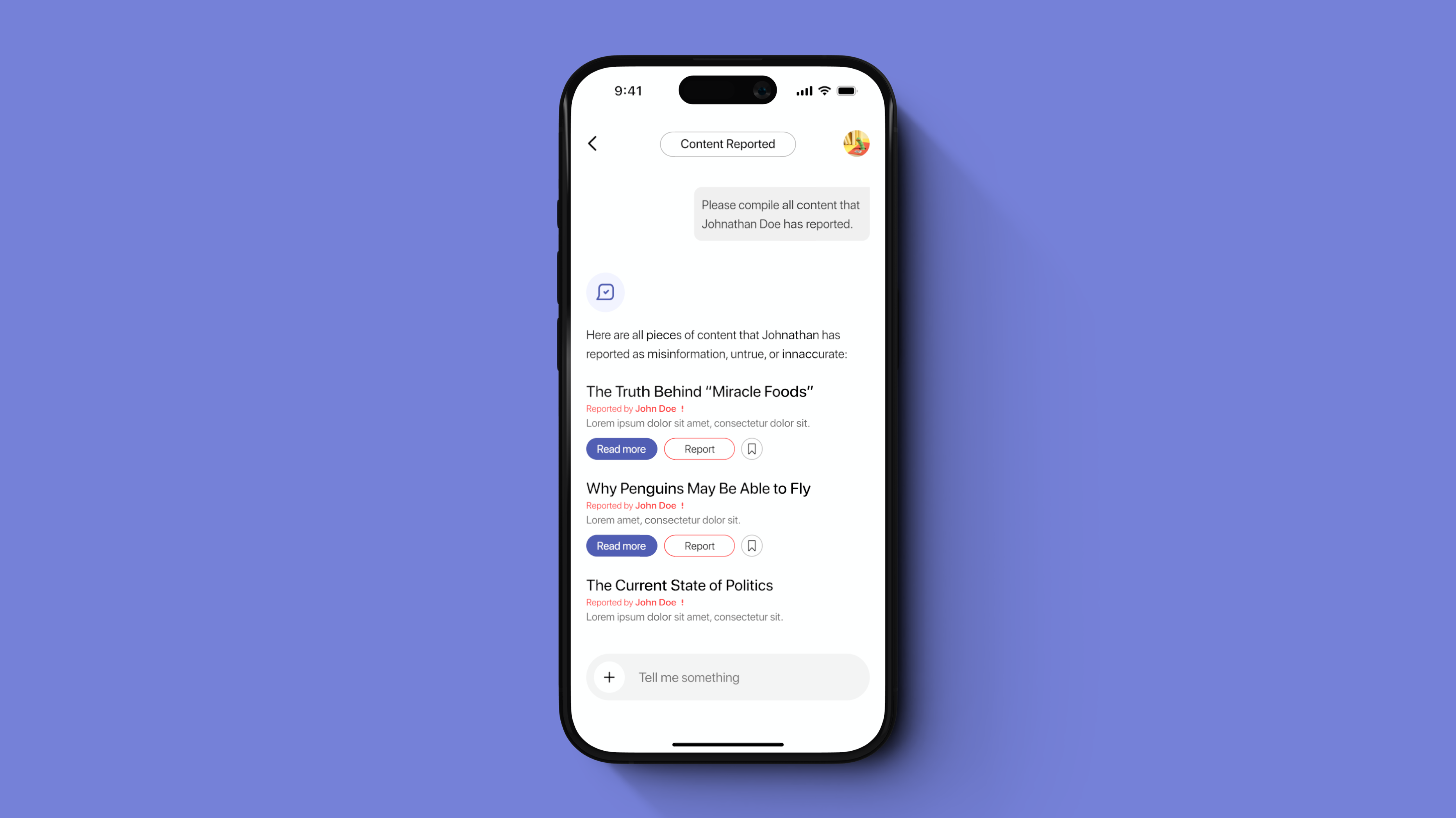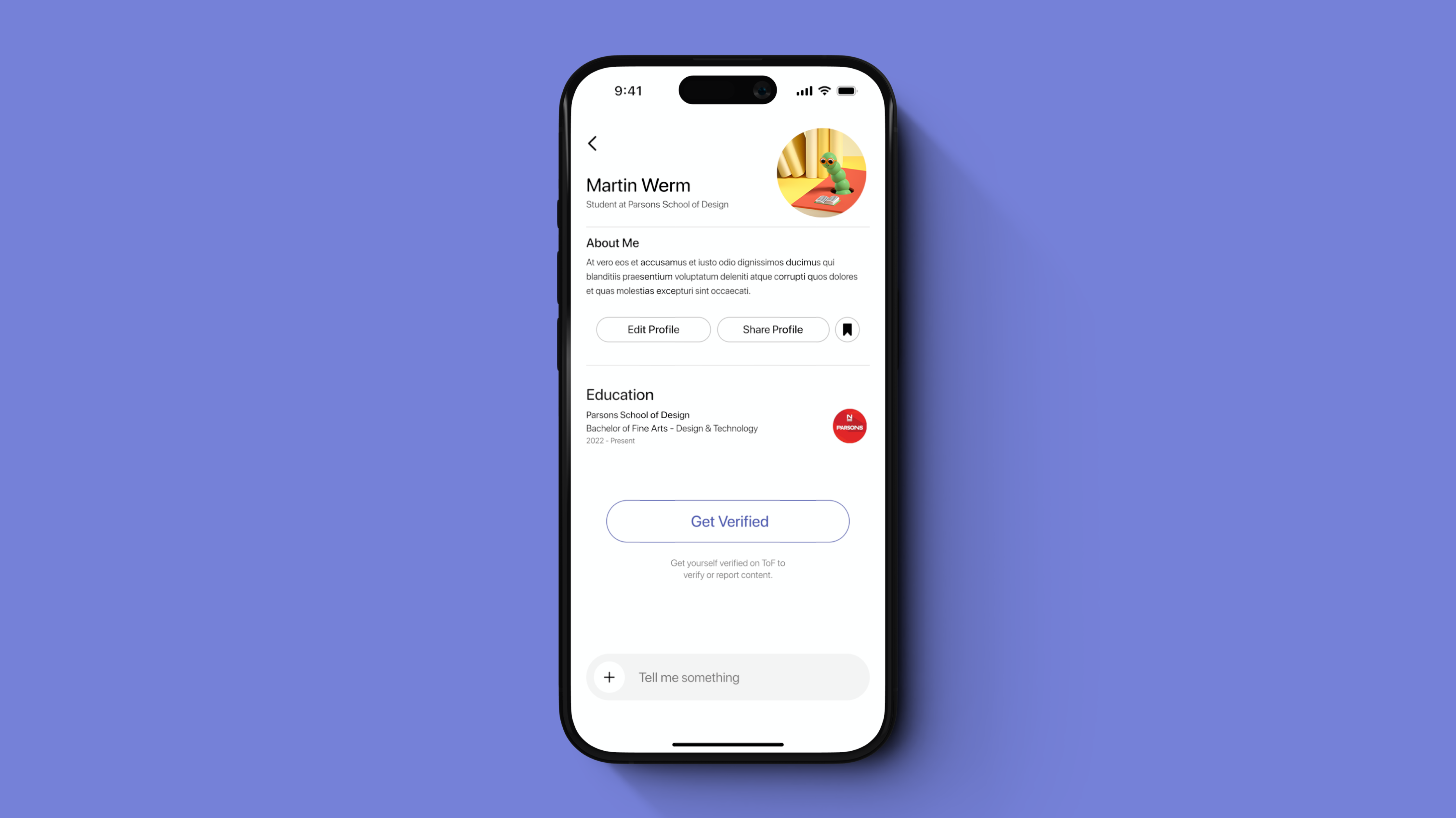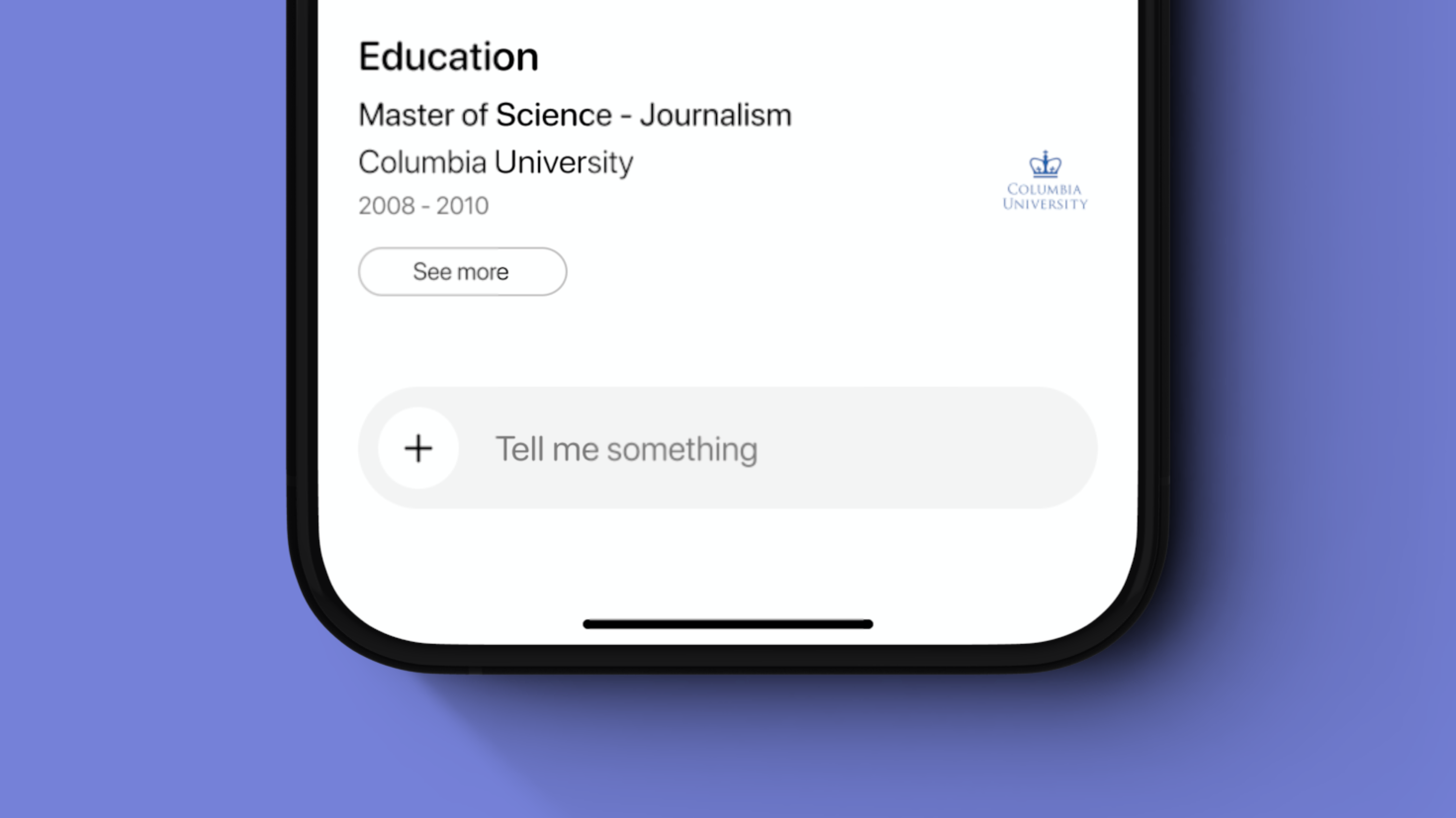POTENTIAL BUILD STRUCTURE
As it took 2 designers to create this project, 2-3 designers would be expected to take part. In addition, a single PM and 1-2 UX researchers working closely with real journalists would provide invaluable insights.
LEARNINGS
This was my first hackathon experience. I made new friends and learnt a lot about user research and tending to user needs. I stepped far out of my comfort zone for this project, and I'm ever grateful for it.

